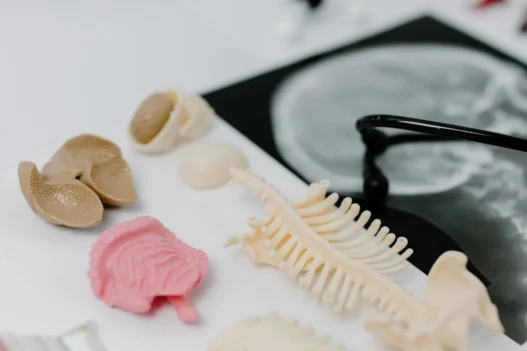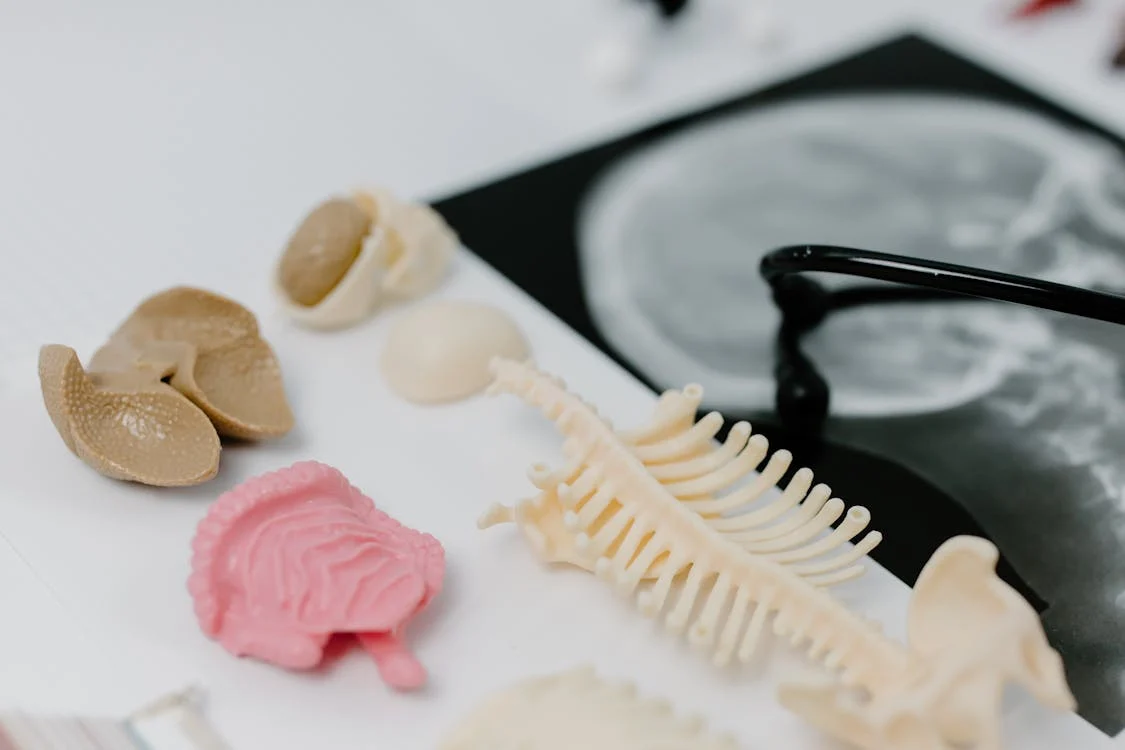0HHW81Z is a medical procedure where a radioactive element is inserted into the right nipple through a natural or artificial opening using an endoscope. This technique is often used for diagnostic or therapeutic purposes in certain medical conditions.
Table of Contents:
- 🔎 Clinical Indication
- 📋 Preparation
- 📖 Methodology
- 🩹 Recovery
- 🚨 Complexity & Risk
- 🔀 Similar Procedures
🔎 Clinical Indication
Insertion of a radioactive element into the right nipple, via natural or artificial opening endoscopic, may be performed as a treatment for certain types of breast cancer. The procedure aims to target and destroy cancer cells in the breast tissue.
By delivering radiation directly to the affected area, this method may help to minimize damage to surrounding healthy tissue. This targeted approach can also reduce the risk of side effects commonly associated with traditional radiation therapy.
📋 Preparation
Before undergoing the procedure 0HHW81Z, patients must fast for a certain period of time as instructed by their healthcare provider. This is done to minimize the risk of complications during the insertion of the radioactive element. Additionally, patients may be asked to stop taking certain medications that could interfere with the procedure.
Patients will also need to discuss their medical history with the healthcare team, including any past surgeries or medical conditions. This information helps the healthcare team ensure the procedure is safe and effective for the patient. It is important for patients to be honest and thorough when providing this information.
In some cases, patients may need to undergo imaging tests before the procedure to help the healthcare team plan the insertion of the radioactive element. These tests provide vital information about the anatomy of the area where the insertion will take place, allowing the healthcare team to perform the procedure with precision. Overall, proper preparation before the insertion of the radioactive element is essential for a successful and safe procedure.
📖 Methodology
During 0HHW81Z, a radioactive element is inserted into the right nipple using an endoscopic procedure, which may involve a natural or artificial opening. The radioactive element is typically used for imaging purposes to help diagnose or monitor certain medical conditions.
The insertion of the radioactive element into the right nipple is performed by a medical professional and is usually a quick and routine procedure. The radioactive element is carefully guided into place using specialized equipment to ensure precision and safety.
Once the radioactive element is in place, imaging tests may be performed to track its progress and provide valuable information about the underlying health issue being investigated. Patients undergoing this procedure are typically monitored closely by medical staff to manage any potential side effects or complications.
🩹 Recovery
After the insertion of a radioactive element into the right nipple, the patient will be closely monitored for any adverse reactions or side effects. This monitoring typically involves regular check-ups and tests to ensure proper healing and recovery.
The radioactive element will gradually break down and be absorbed by the body over time. During this process, the patient may experience some discomfort or mild side effects, but these are usually temporary and will resolve on their own.
Recovery after the insertion of a radioactive element into the right nipple is usually a gradual process and may vary from patient to patient. It is important to follow any post-procedure instructions provided by the medical team and to communicate any concerns or issues during the recovery period.
🚨 Complexity & Risk
Performing 0HHW81Z, the insertion of a radioactive element into the right nipple, can be a complex procedure due to the precision required during the endoscopic process. The delicate nature of targeting the specific area can present challenges for healthcare professionals.
Patients undergoing this procedure may face potential risks such as infection, bleeding, or damage to surrounding tissue. It is crucial for medical professionals to carefully monitor patients before, during, and after the procedure to minimize these risks and ensure a successful outcome.
🔀 Similar Procedures
Another medical procedure similar to the insertion of a radioactive element into the nipple is a breast biopsy. This procedure involves removing tissue from the breast to examine for any abnormalities or cancerous cells. Both procedures are minimally invasive and often done using imaging guidance for precision.
During a breast biopsy, a small needle or surgical tool is used to remove a tissue sample for further examination. Just like the insertion of a radioactive element into the nipple, a breast biopsy can help diagnose and treat breast cancer. Both procedures are important tools in the diagnosis and treatment of breast conditions.

